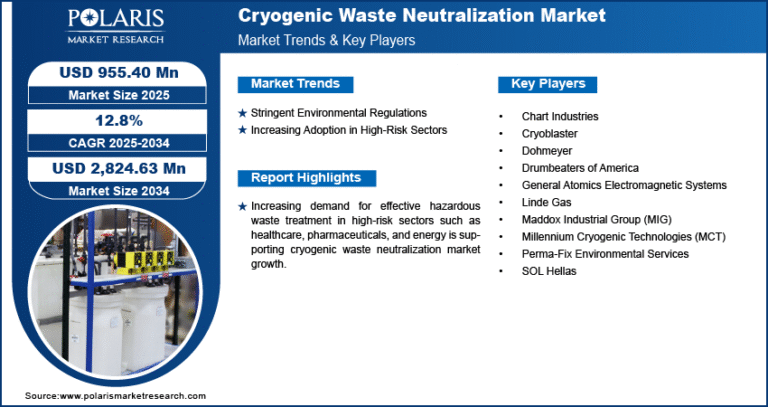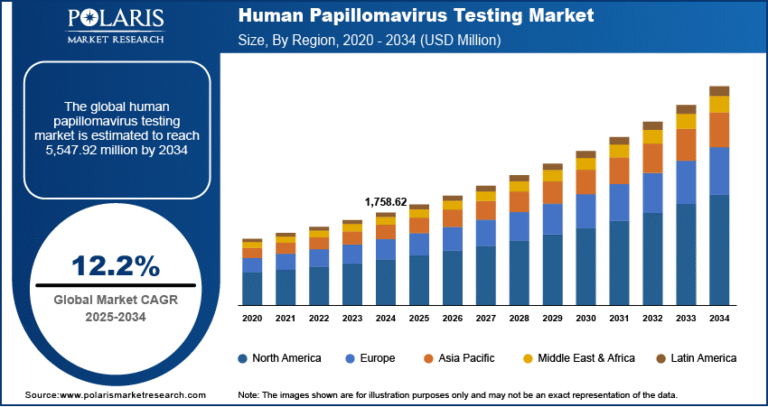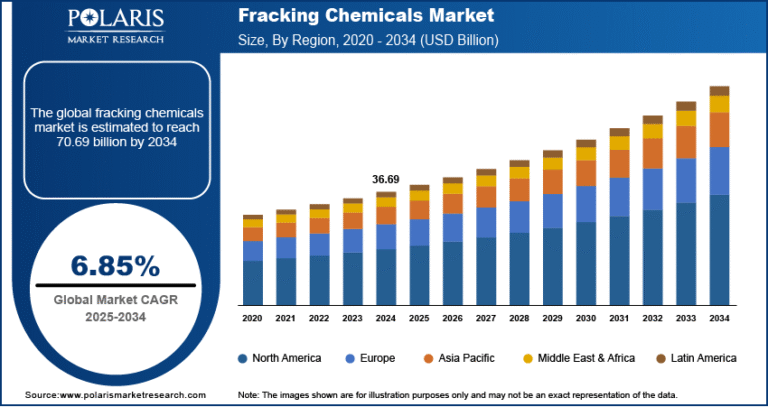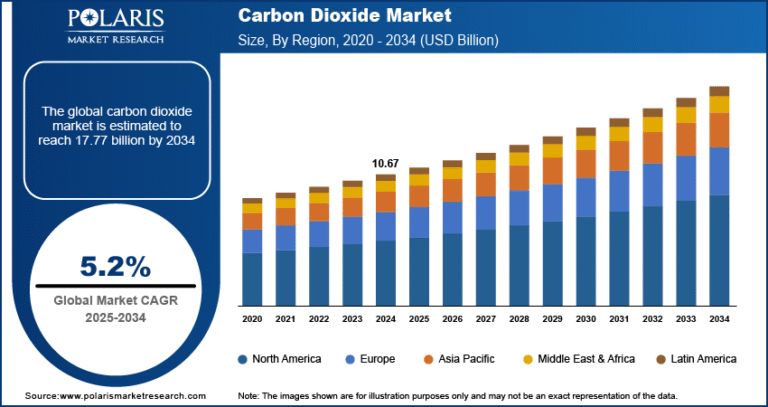Solar Inverters/PV Inverters Market Anticipated to Reach 24.63 Billion by 2034 | CAGR of 5.5%
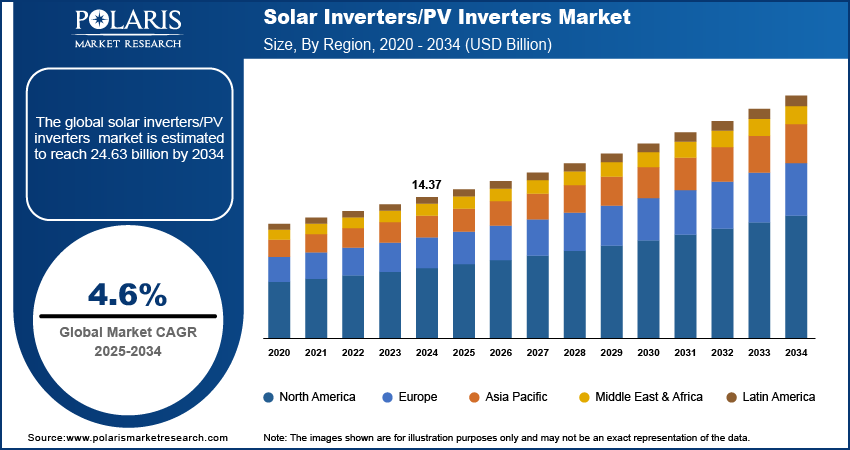
The global solar inverters (PV inverters) market was valued at USD 14.37 billion in 2024. It is projected to grow from USD 15.15 billion in 2025 to USD 24.63 billion by 2034, exhibiting a compound annual growth rate (CAGR) of 5.5% during the forecast period. Increasing awareness about solar inverters, along with their growing integration with other renewable energy technologies, are key trends expected to drive market adoption in the coming years.
Solar/PV Inverter Market Key Trends & Insights:
- Smart inverters with AI, IoT, and real-time monitoring features are gaining popularity, enabling better performance management and predictive maintenance.
- Hybrid and battery-integrated inverters are seeing increased adoption, supporting solar-plus-storage applications and bi-directional energy flow.
- There’s a growing shift toward high-voltage and modular inverter systems to enhance efficiency and reduce system costs, especially in utility-scale projects.
- Government incentives, decarbonization targets, and supportive regulations are fueling global demand across residential, commercial, and utility sectors.
- Concerns around cybersecurity and supply chain vulnerabilities are prompting stricter quality control and domestic sourcing strategies.
- Rising competition and falling prices are pushing manufacturers to innovate and optimize production to retain profitability.
Market Size & Forecast:
- Market size value in 2025 – USD 15.15 billion
- Revenue forecast in 2034 – USD 24.63 billion
- CAGR – 5.5% from 2025 – 2034
𝐆𝐞𝐭 𝐄𝐱𝐜𝐥𝐮𝐬𝐢𝐯𝐞 𝐒𝐚𝐦𝐩𝐥𝐞 𝐏𝐚𝐠𝐞𝐬 𝐨𝐟 𝐓𝐡𝐢𝐬 𝐑𝐞𝐩𝐨𝐫𝐭:
Solar Inverters/Pv Inverters Market Overview:
The Solar Inverters/Pv Inverters Market is witnessing steady growth driven by the global transition toward renewable energy and the rapid expansion of solar photovoltaic installations. Solar inverters, essential for converting DC electricity from solar panels into usable AC power, are being adopted across residential, commercial, and utility-scale projects. Technological advancements such as smart inverters, hybrid inverters with storage capabilities, and module-level power electronics like microinverters are enhancing efficiency, monitoring, and grid support. The declining cost of solar systems, favorable government incentives, and increasing emphasis on clean energy are major factors propelling market growth.
Asia-Pacific holds the largest market share, led by high solar deployment in China, India, and other emerging economies. North America and Europe are also significant contributors, driven by supportive regulatory frameworks and a strong push for decentralized energy generation. Central inverters dominate utility-scale applications, while string and microinverters are gaining traction in distributed rooftop systems. The integration of solar inverters with battery storage and smart grid infrastructure is further expanding their role in modern energy ecosystems. Despite concerns over cybersecurity and supply chain dependencies, especially related to imported inverters, the market is poised for sustained growth in the coming years.

